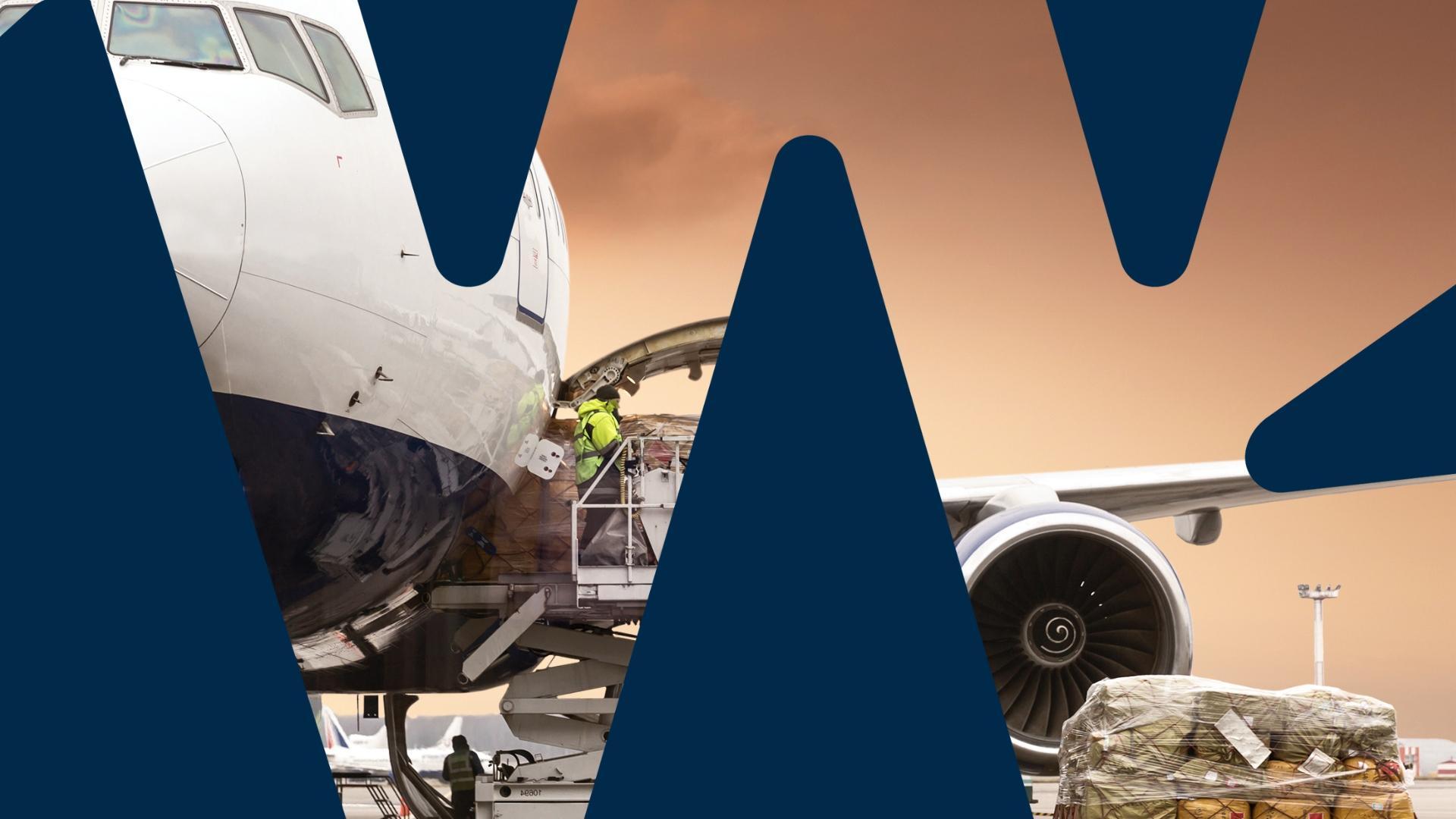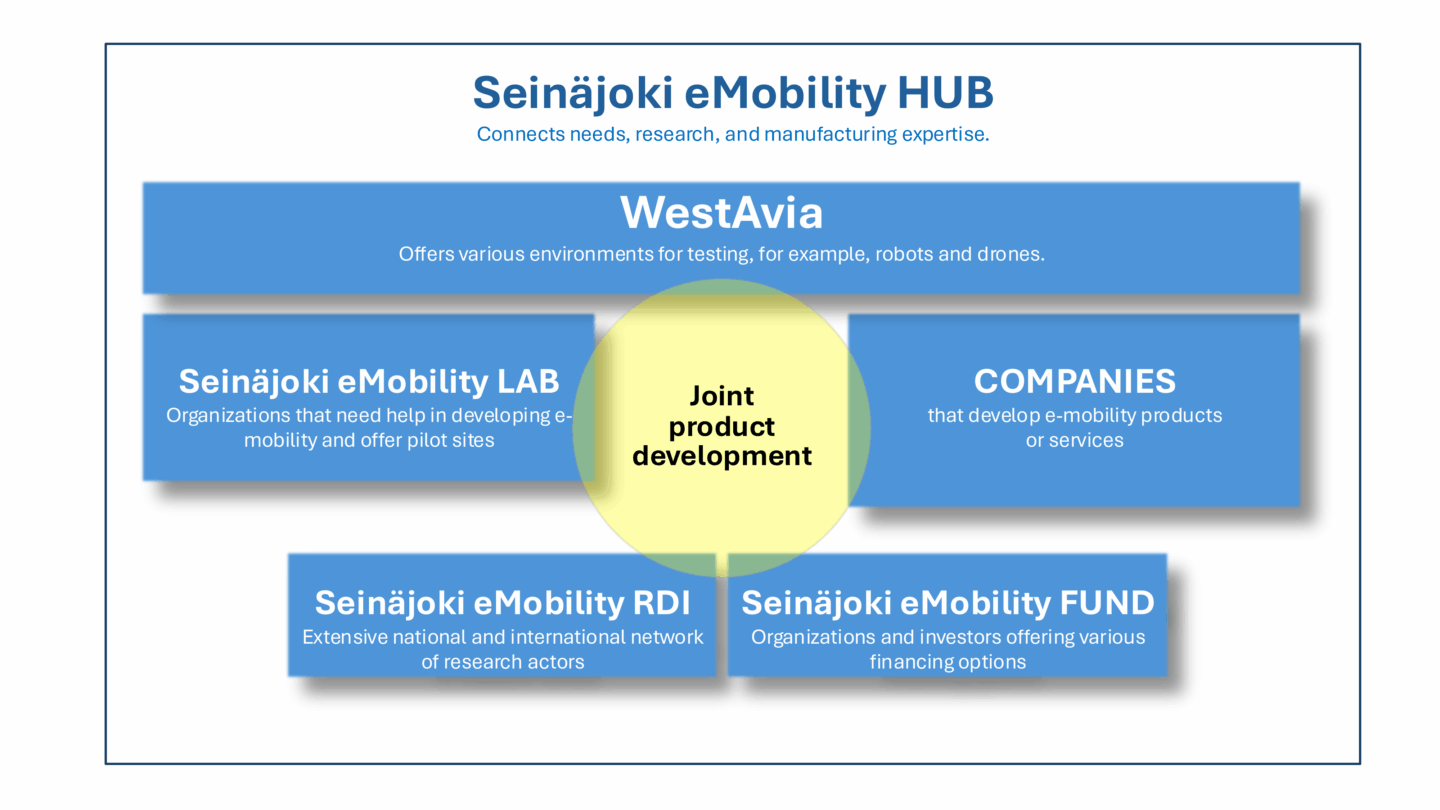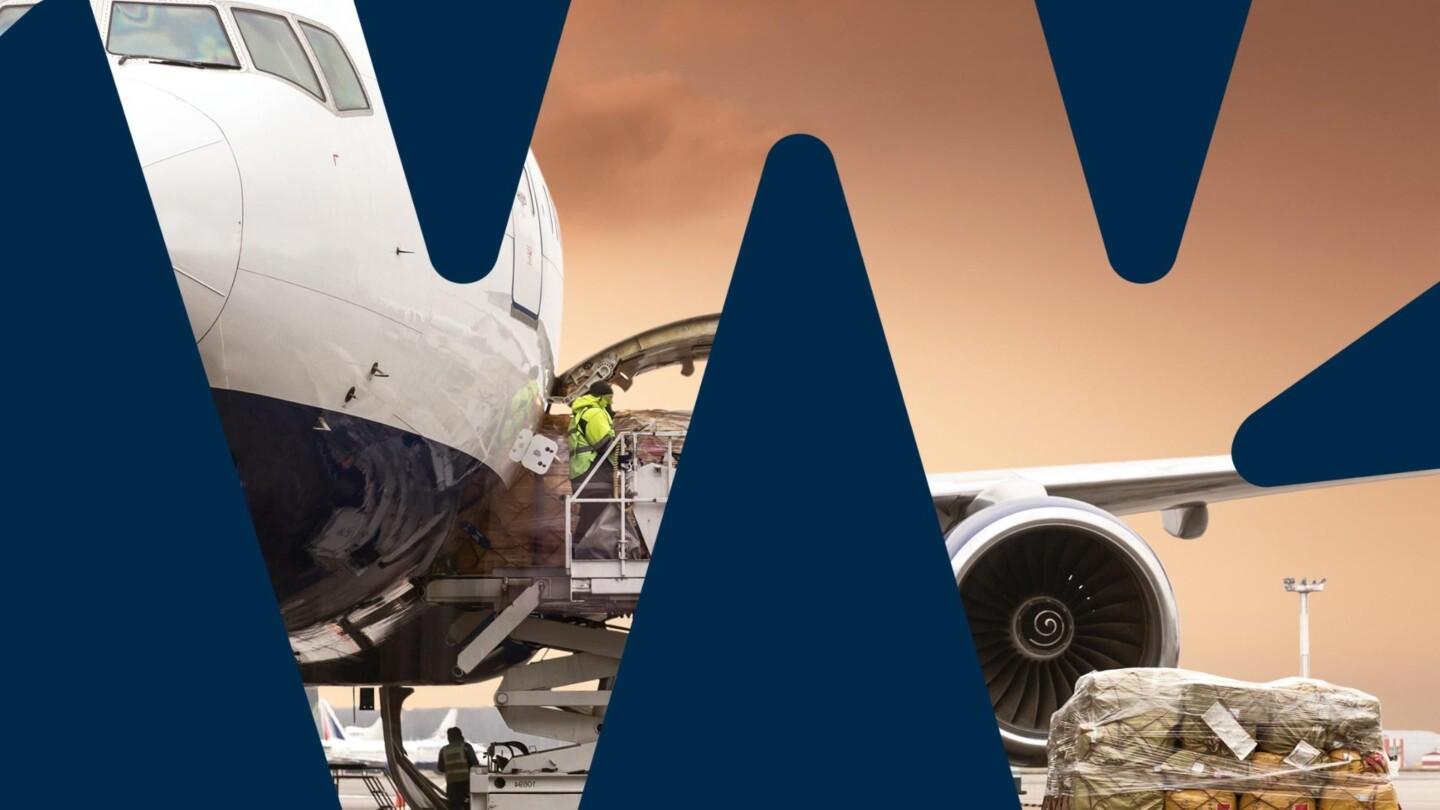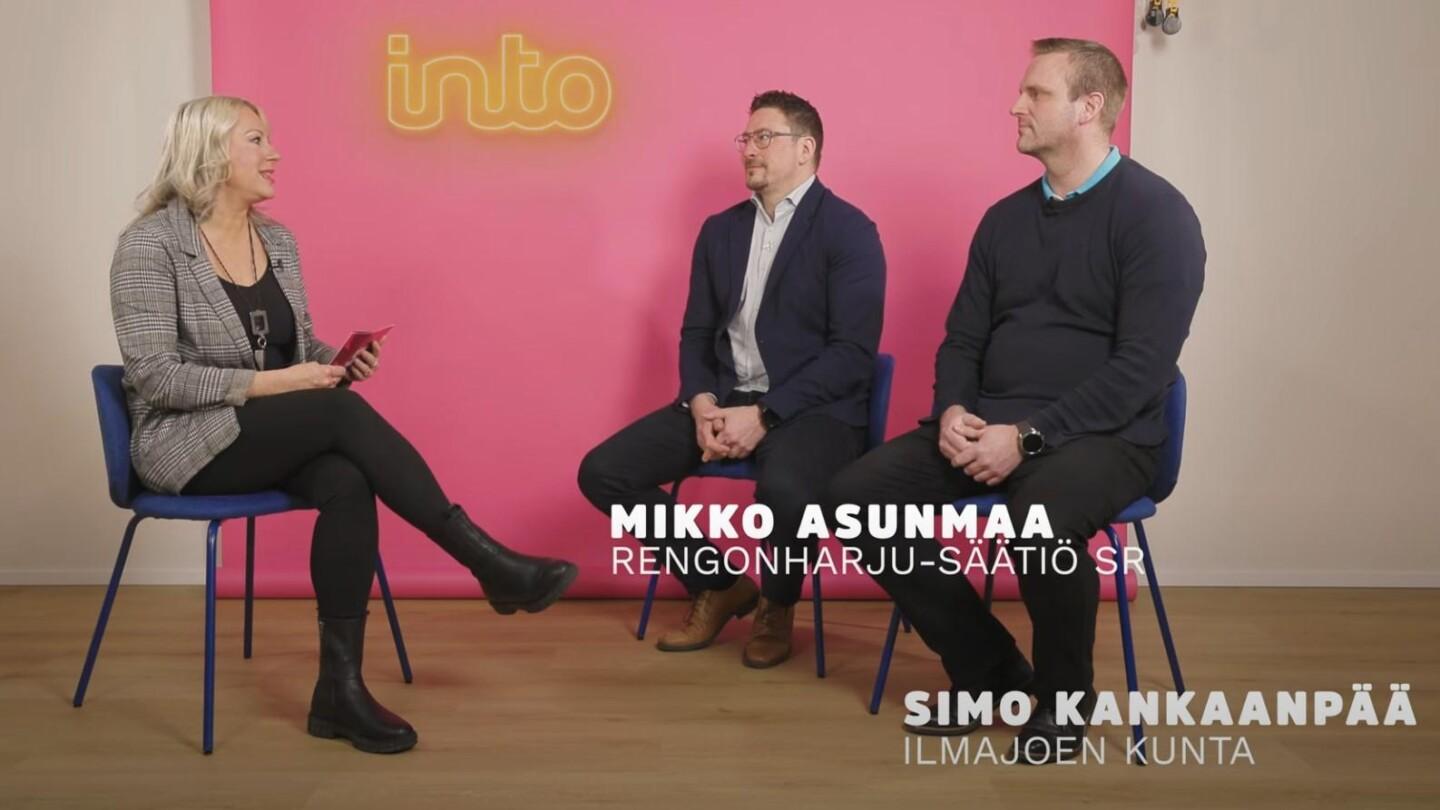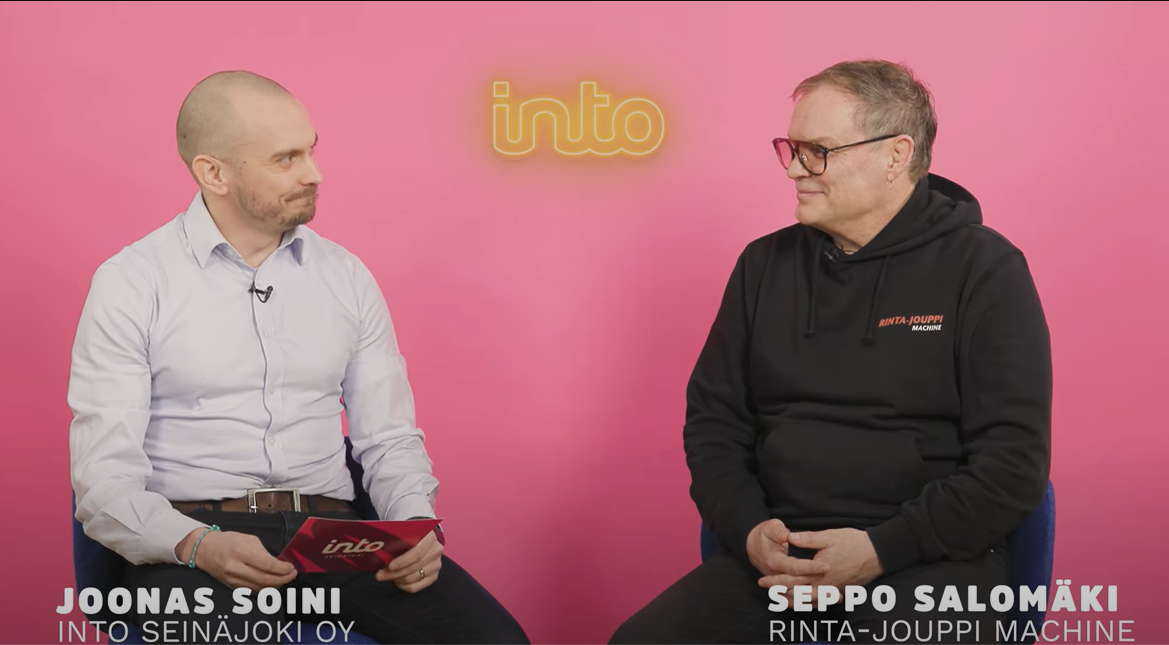Seinäjoki Airport is emerging as a promising development target for new-generation logistics solutions in air cargo. A recent report commissioned by Into Seinäjoki explores the airport’s potential to add value for South Ostrobothnian businesses as a key node for fast and high-value cargo flows. Special opportunities are identified in drone-based freight and light express air cargo models.
The study was conducted by Destia’s Strategic Transport Systems unit as part of Seinäjoki’s Innovation Ecosystem Agreement. The project team included Professor Jorma Mäntynen and engineers Riku Huhta, Markus Pajarre, and Antti Heininen. The background is a shared regional vision to develop the airport into a future-oriented logistics center.
Toward a Modern Air Freight Node
The aim of the study was to envision how Seinäjoki Airport could evolve into an agile and innovative air cargo hub. The team analyzed the current state of air freight operations and developed four new operating concepts to meet the needs of local businesses.
Short-Term Potential: Awareness Building and Spare Parts Logistics
In the short term, two promising models were identified:
- Expansion of AdHoc air cargo services
- A small-volume express freight service originating from the Seinäjoki area, especially targeting spare parts logistics where speed and accuracy are critical.
Long-Term Vision: Drone Freight, Express Stops, and Hybrid Solutions
Over a longer horizon, the report highlights potential in:
- Fixed-wing drone freight, using solutions like Dronamics to improve efficiency for low-volume deliveries.
- Establishing Seinäjoki Airport as a stopover point in larger express air freight routes, possibly in cooperation with airports along the Swedish coast.
- Integrating air cargo into potential future passenger flights across the Kvarken strait (Merenkurkku), with hybrid aircraft serving both passengers and small cargo volumes.
Dialogue and Shared Vision Are Essential
The study concludes that Seinäjoki Airport has the foundation to become a nimble and specialized air freight player. Reaching this potential will require active dialogue and collaboration between businesses, logistics operators, and airport stakeholders. Together, they can identify the most viable practices and scale them into phased solutions.
“The airport can offer real added value for businesses if its development is based on genuine needs and regional strengths. Now is the right time to build a shared vision and boldly test new models,” says Elisabet Kivimäki from Into Seinäjoki Oy.
For more information:
- Elisabet Kivimäki, Customer Relationship Manager
+358 40 760 3907
elisabet.kivimaki@intoseinajoki.fi
This study was conducted as part of the Innovation Ecosystem Agreement for Seinäjoki, coordinated by Into Seinäjoki Oy. The project is co-financed by the European Union and the City of Seinäjoki. Through this agreement, Seinäjoki is part of Finland’s national InnoCities network.

